NB: This is a draft article with a number of omissions and content to be added. If you have any in-depth information, or original manufacturer manuals, catalogues or period advertisements that might be relevant, please email Mark here. Peer review and contributors welcome, and will be credited. Similarly, if you have any memorable images shot with these lenses, we’re happy to show them in our gallery with a link to your social media or website.
Fujinon-EFC Series
The number of lenses Fuji produced under the EFC umbrella for use in their frontier minilab machines is gigantic. As far as we know there are more than 25 different variants in focal lengths ranging from 35 to 180 mm, different sizes and diameters, with variable or fixed aperture. There‘s also a number of diopters, which were probably used to further optimize focal lengths and distance for specific machines.
The EFC series is pretty much completely unknown, even among people with knowledge on enlarging lenses and manual lens enthusiasts. They have been used sucessfully by a couple of people for macro photography, but I think the main reason for the general disinterest in these lenses may lie in their unusual industrial mounting threads, their partly cheap and plasticky look as well as the circumstance that the mounting direction can be somewhat confusing.
As a matter of fact the last point prevented me from giving them a fair shake when I first got my hands on one of them. Despite getting an acceptable looking image in terms of resolution, contrast was just abysmal and so I thought it was necessary to find an effective lens hood before I could use them properly. Turns out, I actually just used them in the wrong direction…
When I discovered that I had mounted another similar lens – a varifocal Noritsu one covered in an article here – in the wrong direction, I also remembered the Fujinon-EFC lens I had and decided to try it again. What a difference that made. I was immediately convinced by the quality of this lens and started to take a deeper look into the whole series, which is pretty much ignored all across the internet.
There are, however, a couple of noteworthy exceptions, namely 6 people, who took notice of the EFC-series and created some incredible valuable groundwork:
Robert OToole wrote an in-depth article on the Fujinon-EFC lenses here and ultimately declared that they don‘t hold any significant value when it comes to the kind of macro-photography he‘s covering. While I came to a different conclusion for what I’m trying to do, I get where he is coming from and his tests are certainly valid and show some significant flaws those lenses show compared to similar ones from other manufacturers.
Enrico Savazzi provides a great compact description of the EFC series and their original use in his wonderful article on enlarging lenses.
Joe McGloin has put together a collection of different focal lengths including images and an example of how to mount them.
Ray Parkhurst of macrocoins.com also looked into these lenses and was helpful in getting a better overview on more of the different focal lengths and the quality they provide.
Italy based photographer Ciro Pane was partly responsible for me developing a real interest in these lenses because of the wonderful nature shots he took with the EFC series.
And finally, very talented flickr user Oldtor created a number of exceptionally impressive macro images which show the incredible quality the EFC lenses can provide at high magnifications.
So thanks to all of the above for the great work they‘ve done.
I don‘t have a firm grasp on the range of Frontier minilabs the lenses were used in, but the great number of focal lengths, the different diameters and mounts point towards them being used in various machines over a long period of time.
| Lens | Aperture |
|---|---|
| Fujinon-EFC 35/5.6 | variable |
| Fujinon-EFC 35/5.6 | fixed |
| Fujinon-EFC 41/5.6 | fixed |
| Fujinon-EFC 43.3/5.6 | fixed |
| Fujinon-EFC 45.7/6 | fixed |
| Fujinon-EFC 49.9/5.6 | variable |
| Fujinon-EFC 49.9/5.6 | fixed |
| Fujinon-EFC 51/6.3 | variable |
| Fujinon-EFC 55/5.6 | variable |
| Fujinon-EFC 55/6 | fixed |
| Fujinon-EFC 57.7/4 | fixed |
| Fujinon-EFC 60/5.6 | fixed |
| Fujinon-EFC 64/6 | fixed |
| Fujinon-EFC II 64.5/5.6 | variable |
| Fujinon-EFC 65/5.6 | variable |
| Fujinon-EFC 65/6 | fixed |
| Fujinon-EFC 69/6 | fixed |
| Fujinon-EFC 72/6 | fixed |
| Fujinon-EFC 80/6 | fixed |
| Fujinon-EFC 81/6 | variable |
| Fujinon-EFC 85/6 | fixed |
| Fujinon-EFC 86/5.6 | variable |
| Fujinon-EFC 86/6.3 | fixed |
| Fujinon-EFC 98/6.3 | fixed |
| Fujinon-EFC 108/5.6 | variable |
| Fujinon-EFC 140/5.6 | fixed |
| Fujinon-EFC 180/6 | fixed |
Fujinon-EFC 35/5.6
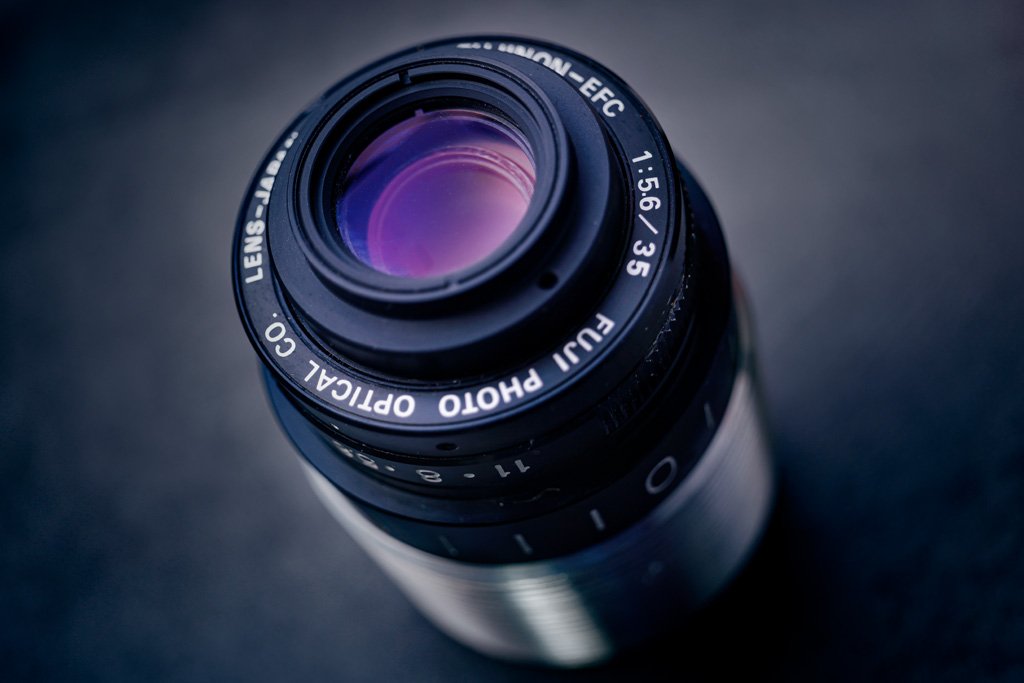
I‘ve tried a couple of minilab lenses in the range of 35 mm, like the (Tomioka) Copal E18C, the Noritsu 32 mm or the Yashinon 35 mm and also some interesting macro lenses like the Tominon 35 mm and the Macro Topcor 30 mm… nothing compares to this Fujinon lens. First off, it is larger and heavier than all of these lenses. Then it also seems significantly more complex in terms of construction. Finally it is better corrected and has a bigger image circle than most lenses in that ballpark so it can be used for close-ups, not just real macros. It reminds me of the excellent Computar DL 2.8/30, which is an exception in many aspects. So if you can find one and don‘t mind having to come up with your own solution for adapting I can absolutely recommend it.
It barely covers full frame at infinity though and is nothing to write home about at greater distance, so don‘t expect this lens to be a good choice for landscapes.


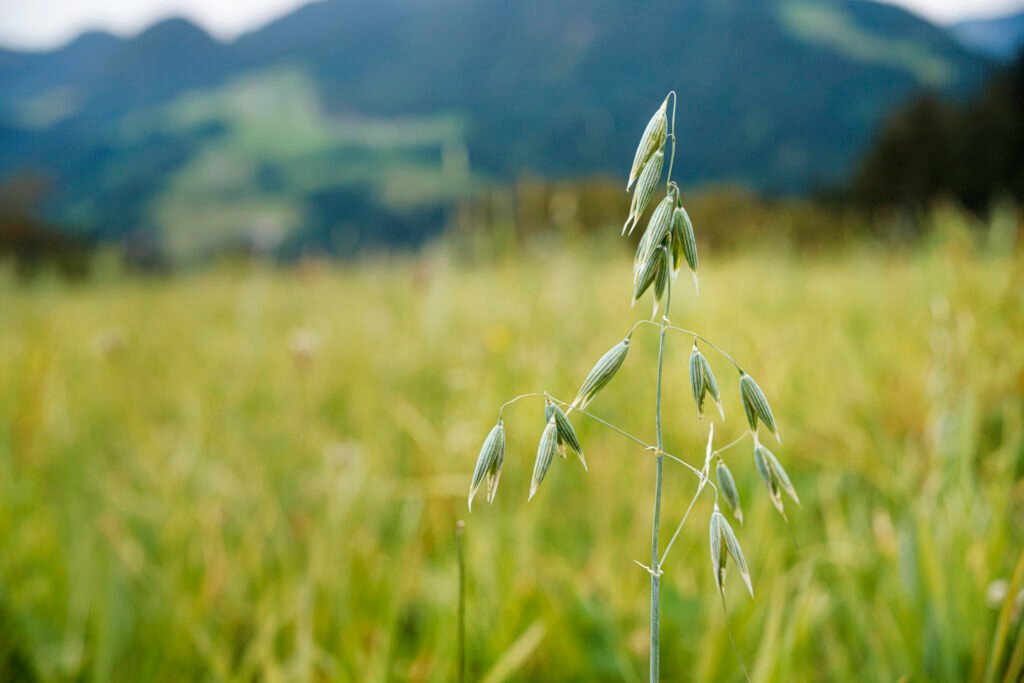


Fujinon-EFC 41/5.6
Fujinon-EFC 42.0/5.6
Fujinon-EFC 43.3/
Fujinon-EFC 45.7/6 (fixed)

An excellent lens for macro work: small, lightweight and very well corrected. And the rendering is also very smooth. It reminds me of the wonderful and even smaller Agfa Colostar N 42/4.5 and makes me wonder how many of these tiny lenses are overlooked due to their inconspicuousness. This one certainly comes highly recommended.

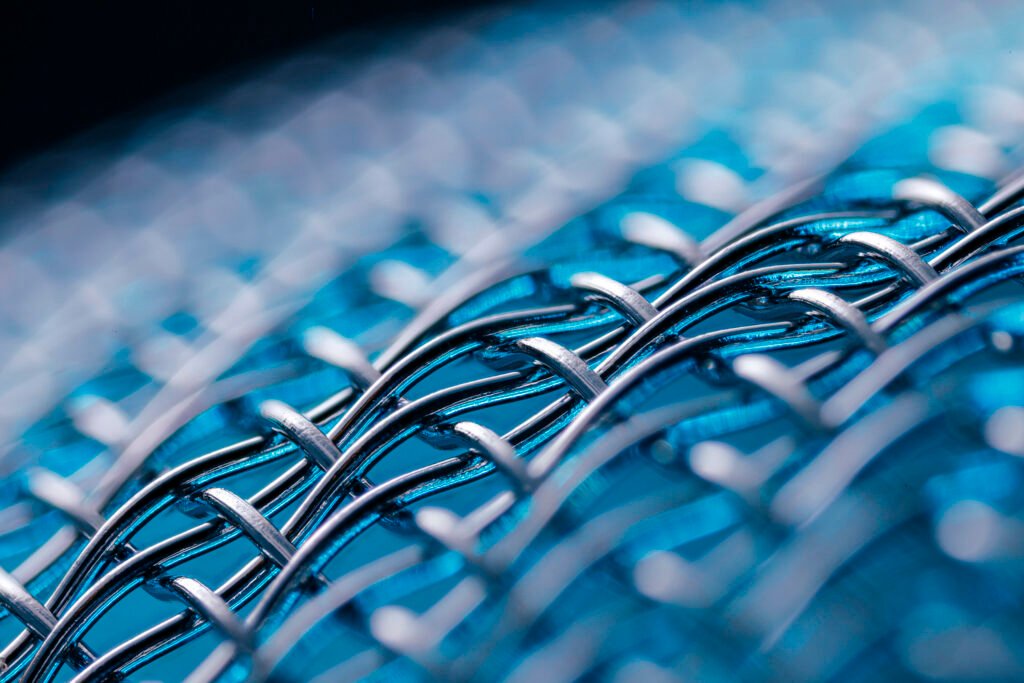

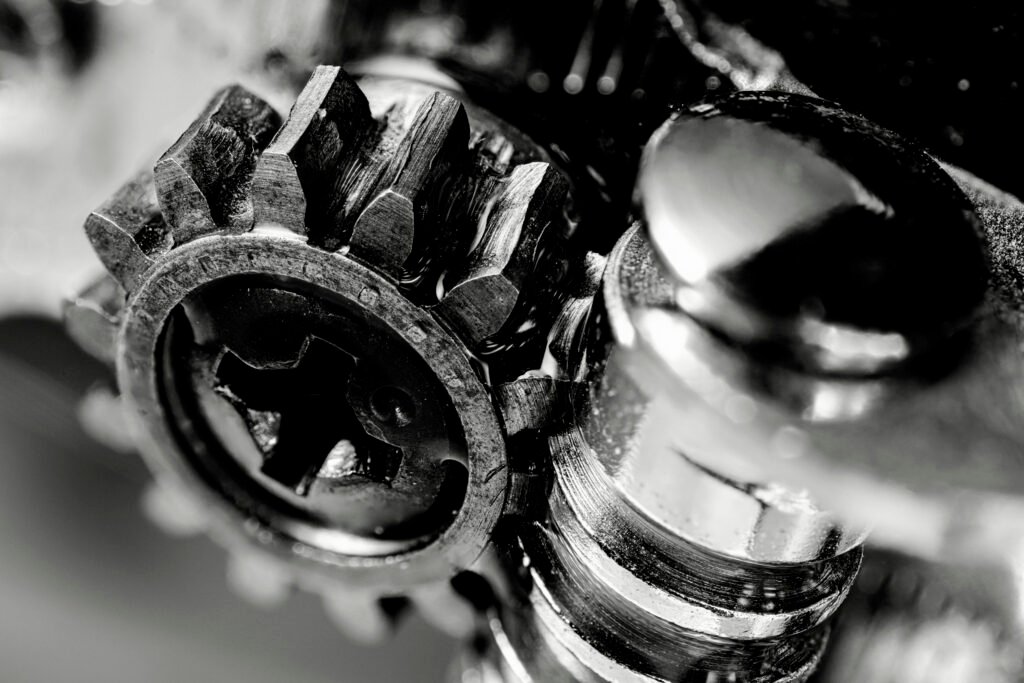

Fujinon-EFC 49.9/5.6
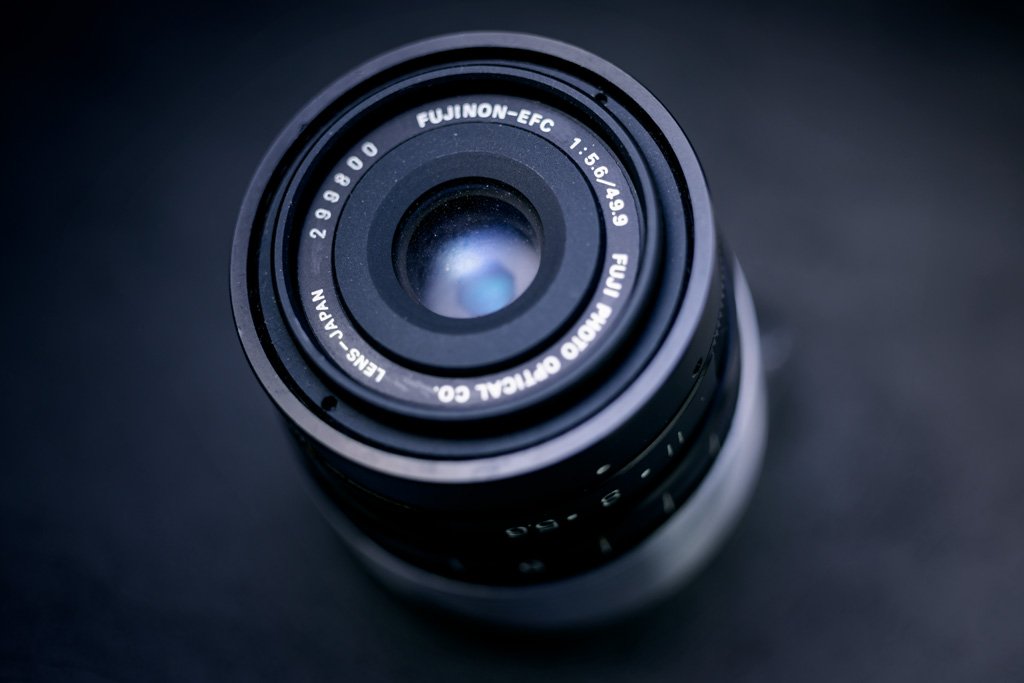
I‘ve not used this lens extensively yet, probably because a ~50mm lens with an f/5.6 aperture just isn‘t the most interesting combination imaginable and there‘s just way too much competition… When I did, however, I was quite impressed with it. Sharpness and detail looks great and chromatic abberation is almost completely absent in most instances.
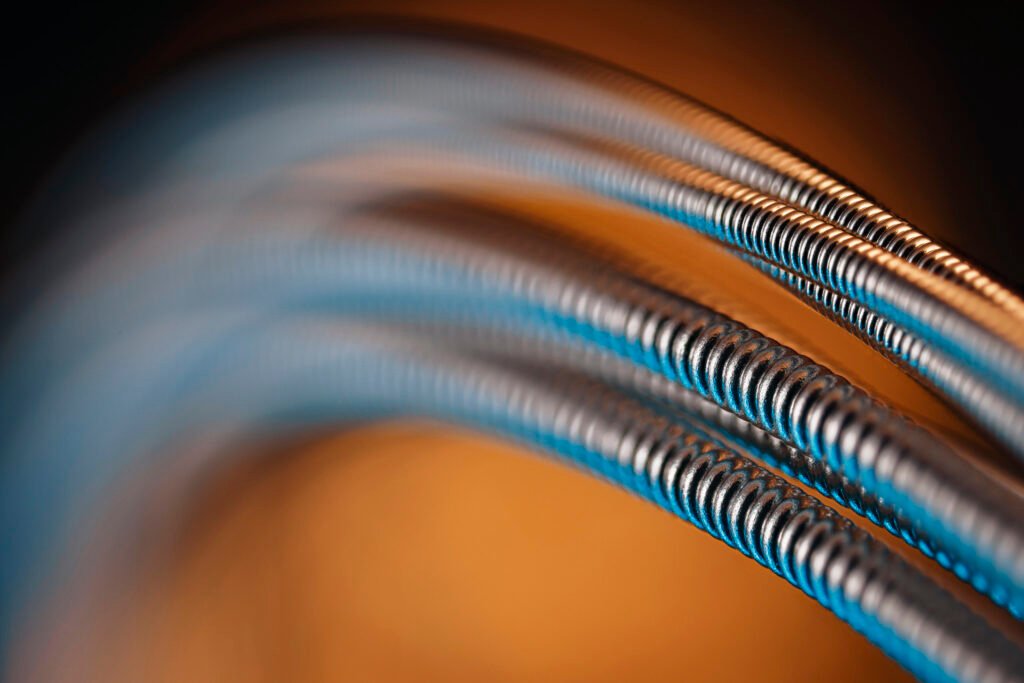
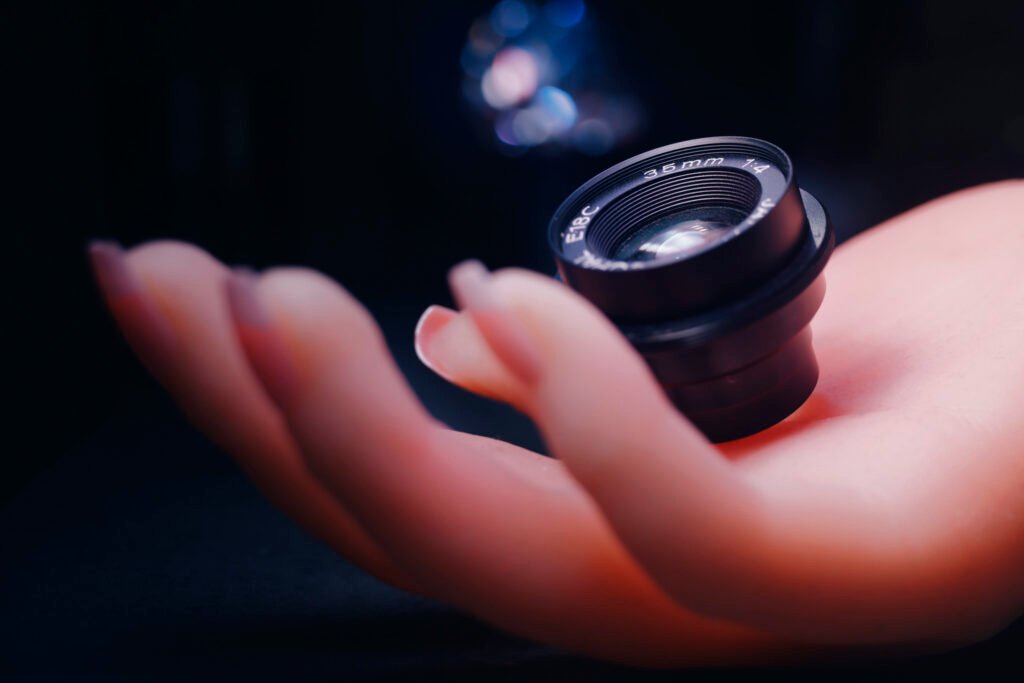
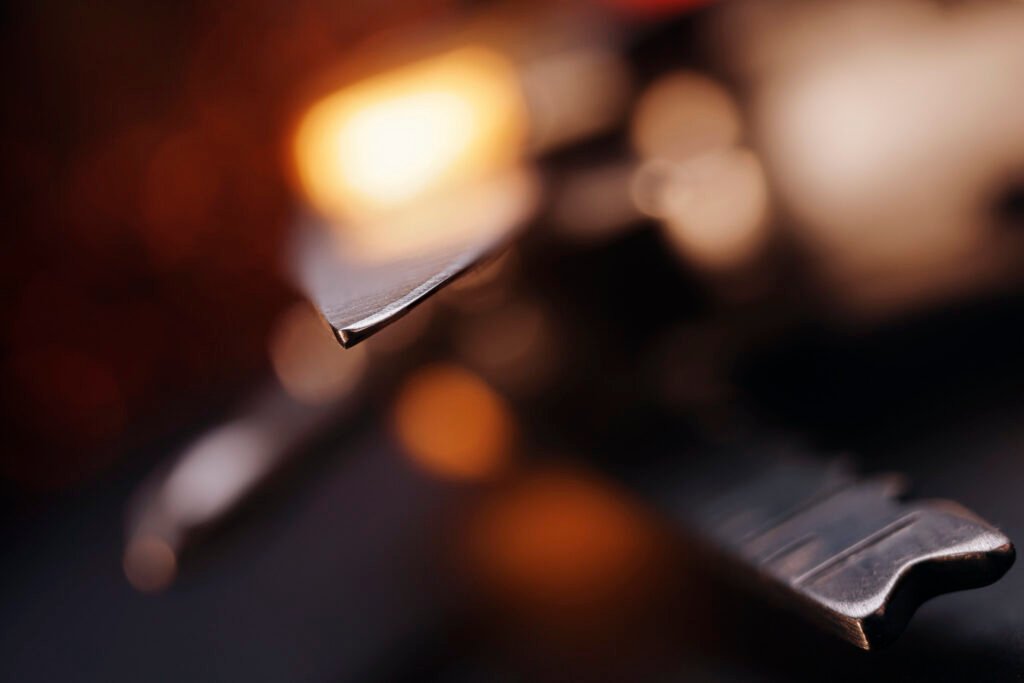


Fujinon-EFC 49.9/5.6 (fixed)
Fujinon-EFC 51/6.3
Fujinon-EFC 51.3/5.6
Fujinon-EFC 55/6 (fixed)
Fujinon-EFC 55/6.3
Fujinon-EFC 57.7/4
Fujinon-EFC 60/5.6
Fujinon-EFC 64/6 (fixed)
Fujinon-EFC II 64.5/6

Even among such an unusual lens family this is a unique lens because it‘s the only one which has a II in its name. I doubt there‘s a EFC 64.5 mm, it might have been a revision of the 64 or 65 mm variant though.
I personally like that focal length a lot, which is one of the reasons for this lens being one of the my most used from the EFC series. The other one being its excellent sharpness. I think this lens is probably able to keep up with any other macro lens around 60 mm, including its CA performance. It‘s a bit of a pity therefore that the aperture does not open fully and creates distinctly polygonal bokeh highlights.





Fujinon-EFC 65/6 (fixed)
Fujinon-EFC 65/5.6


Fujinon-EFC 72/6 (fixed)
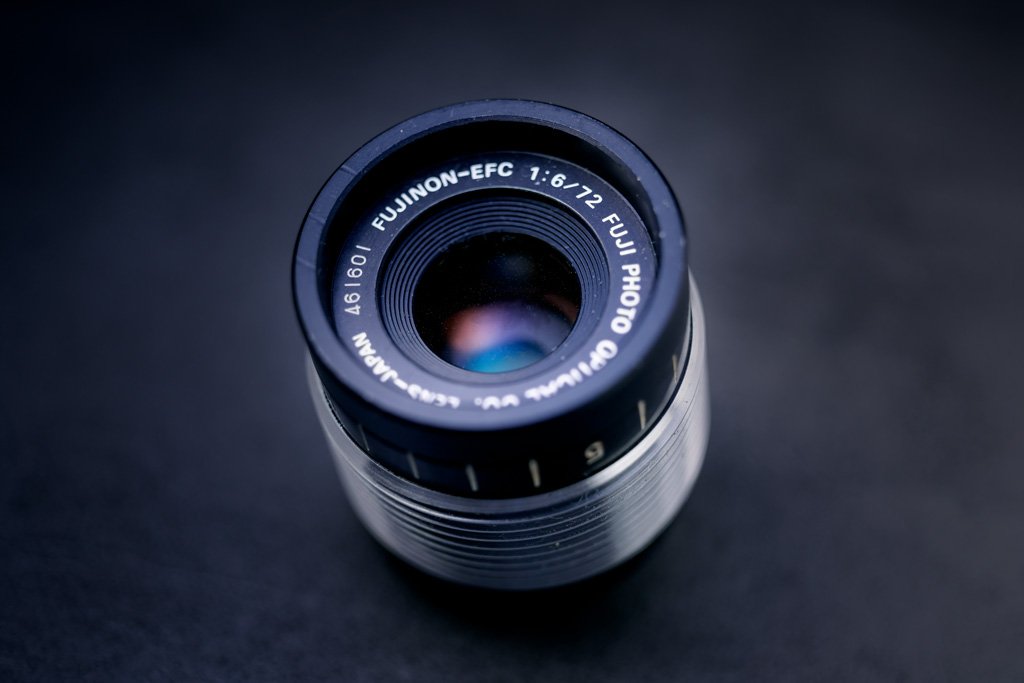
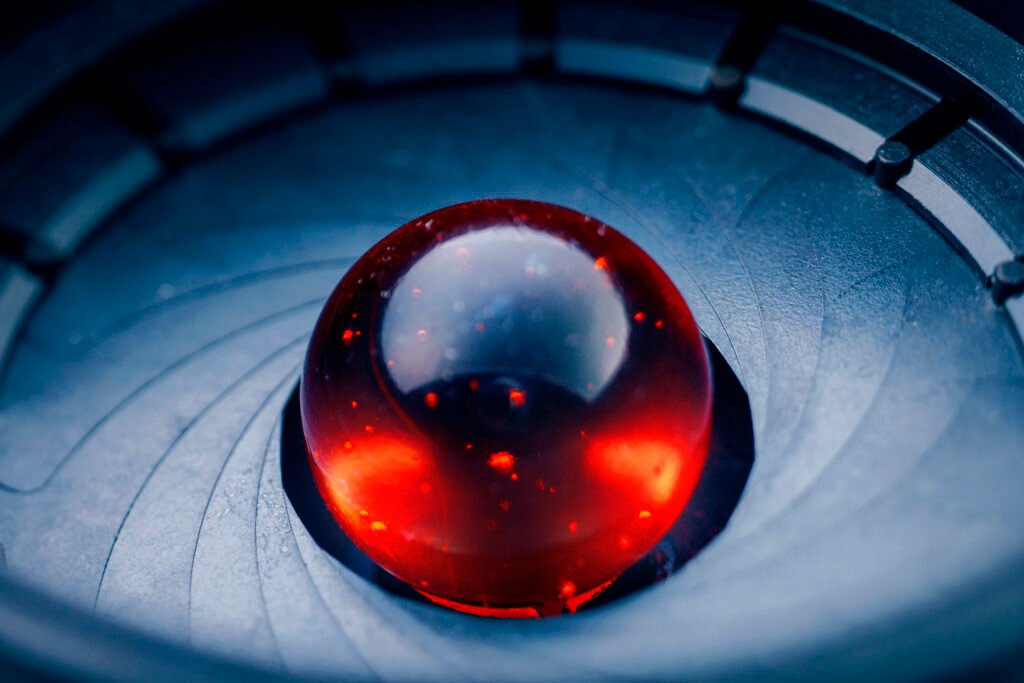
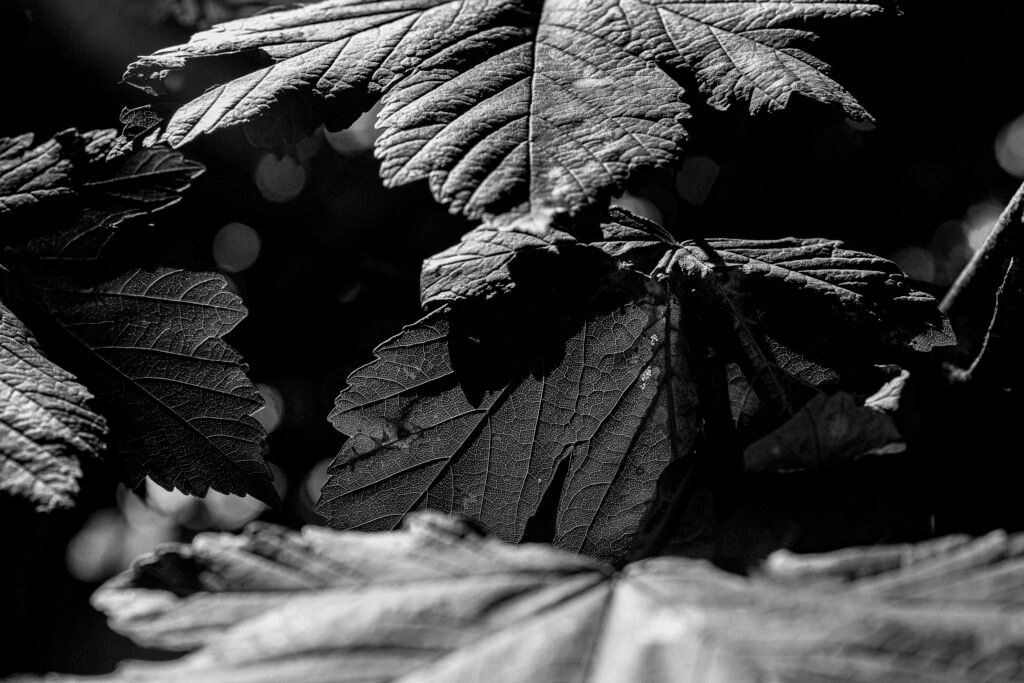

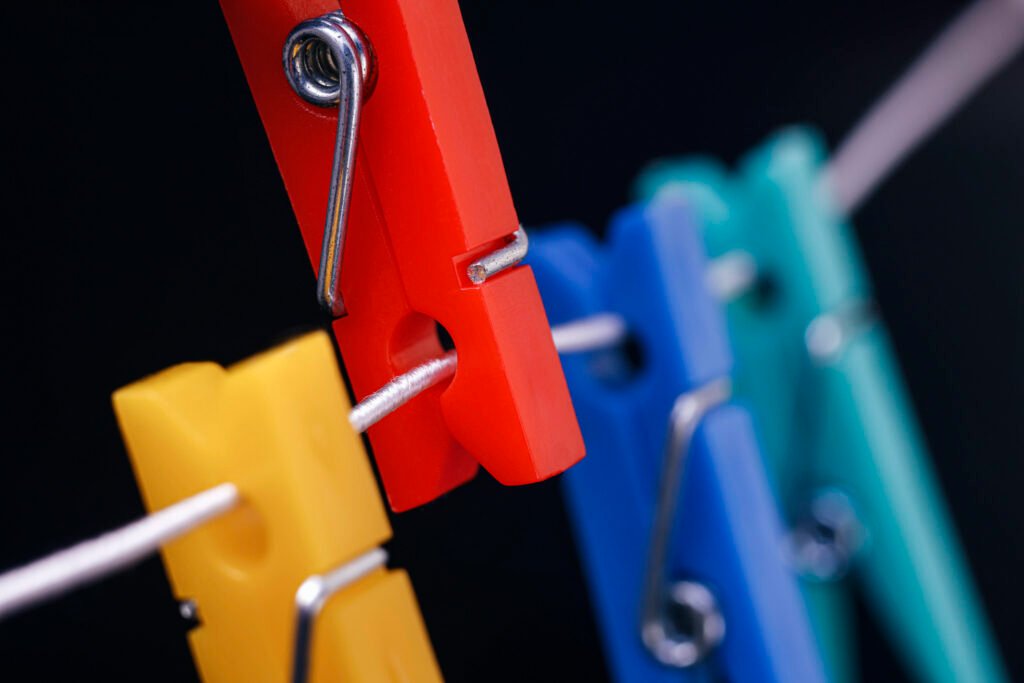

Fujinon-EFC 80/6 (fixed)
Fujinon-EFC 81/6 (fixed)
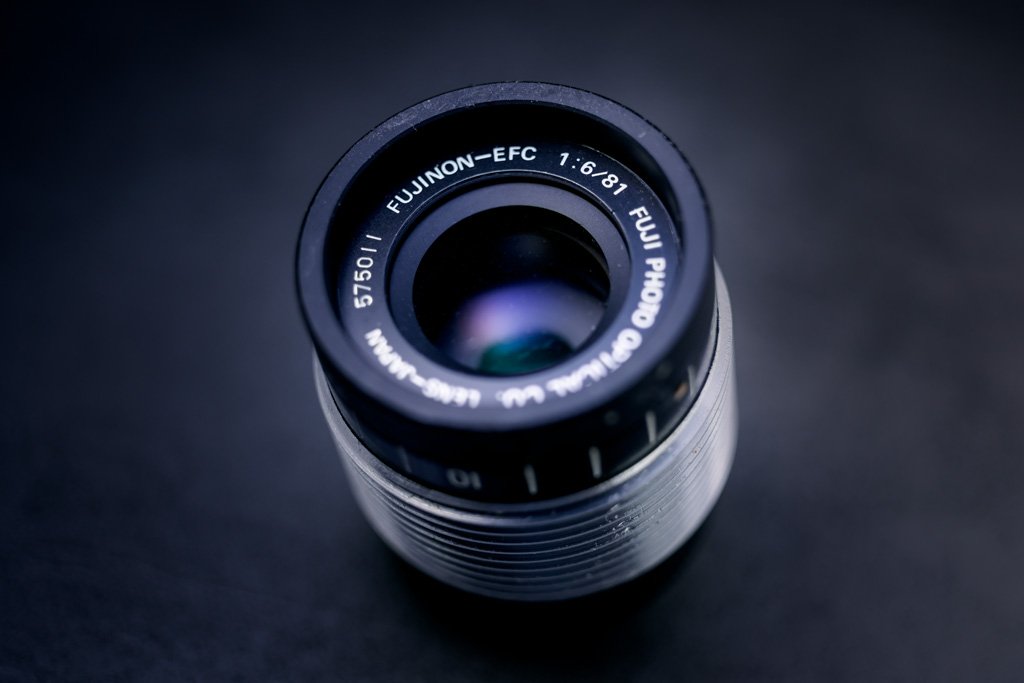
Fujinon-EFC 81/6
Fujinon-EFC 85/6 (fixed)
Fujinon-EFC 86/5.6
Fujinon-EFC 86/6.3 (fixed)
Fujinon-EFC 98/6.3 (fixed)

Fujinon-EFC 108/5.6
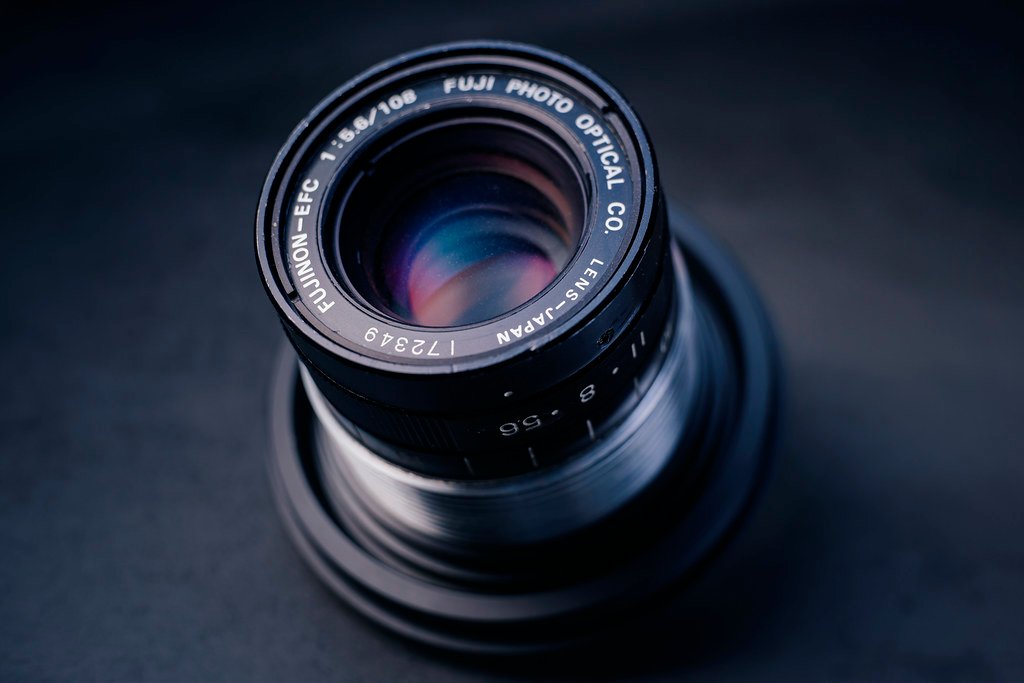
As the first lens I got from the Fujinon-EFC range, this one had quite a hard time convincing me of its qualities. The fact that I was using it in the wrong direction, paired with its generally high susceptibility for loosing contrast when hit by stray light certainly didn‘t help. Fortunately I gave it another chance in a studio setting, where it showed that it can keep up with some of the best enlarging lenses in many aspects. It was thanks to this that I continued exploring its family of lenses.

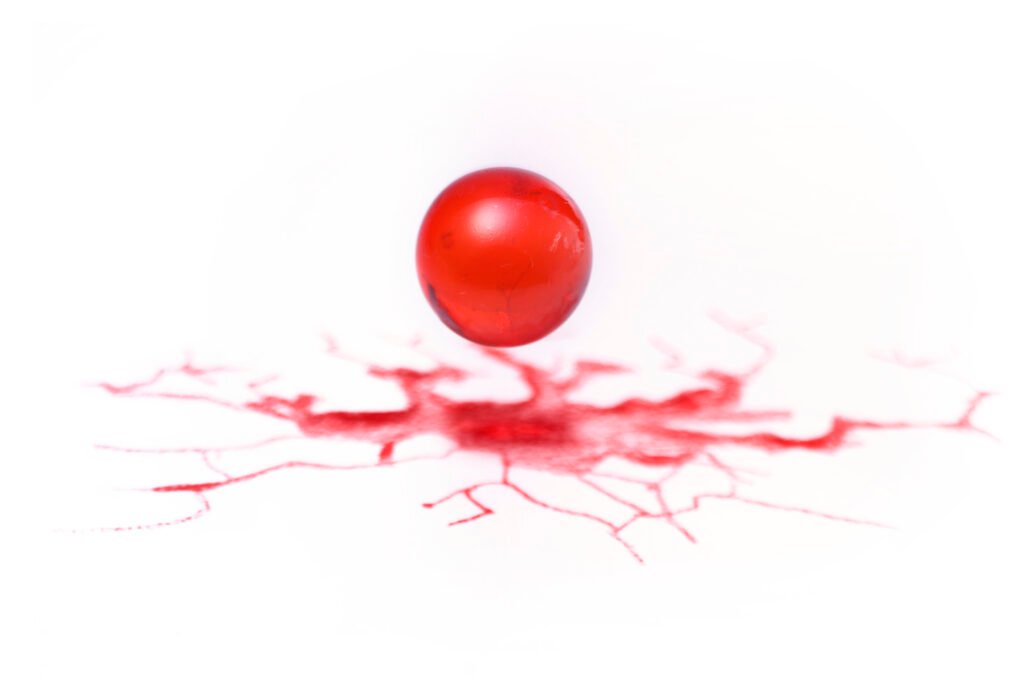



Fujinon-EFC 108/5.6 (fixed)
Fujinon-EFC 140/5.6
Fujinon-EFC 160/5.6
Fujinon EV series
Similar to the Noritsu varifocal lenses covered extensively in another one of our articles, Fuji also created a range of varifocal lenses for their minilabs. The main difference between them, is that the Fujinon-EV lenses feature a fixed aperture at f/8 which limits their appeal for adaption somewhat.
Nevertheless they are interesting and unique lenses. I would personally categorize them as part of the family of lenses I‘m curious to check out and try to get some usable results and not something I‘m expecting to be up to other great lenses.